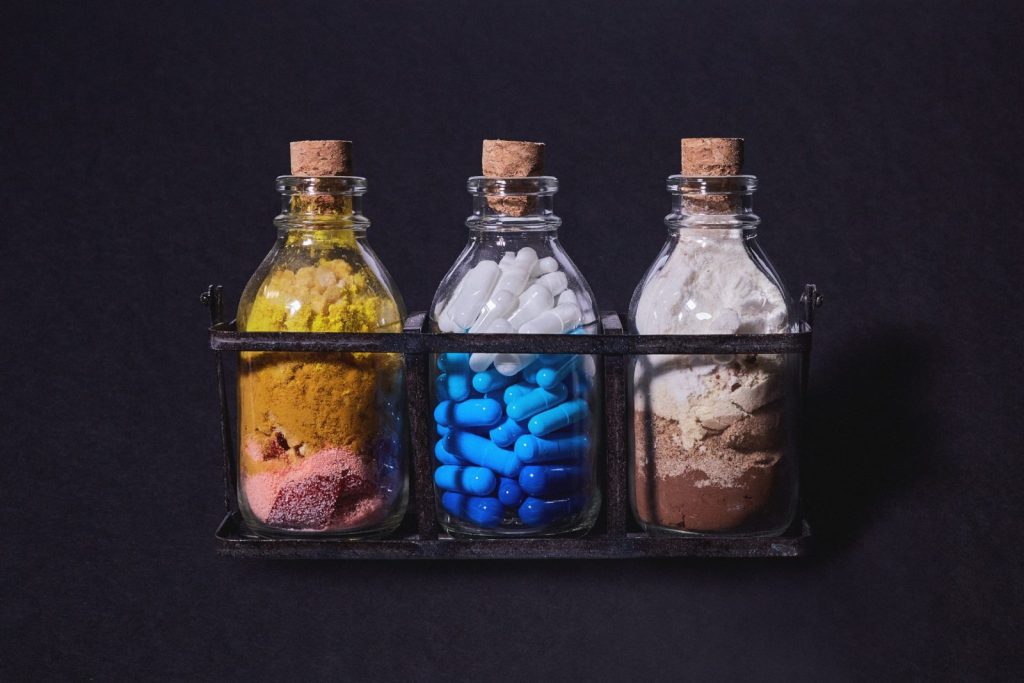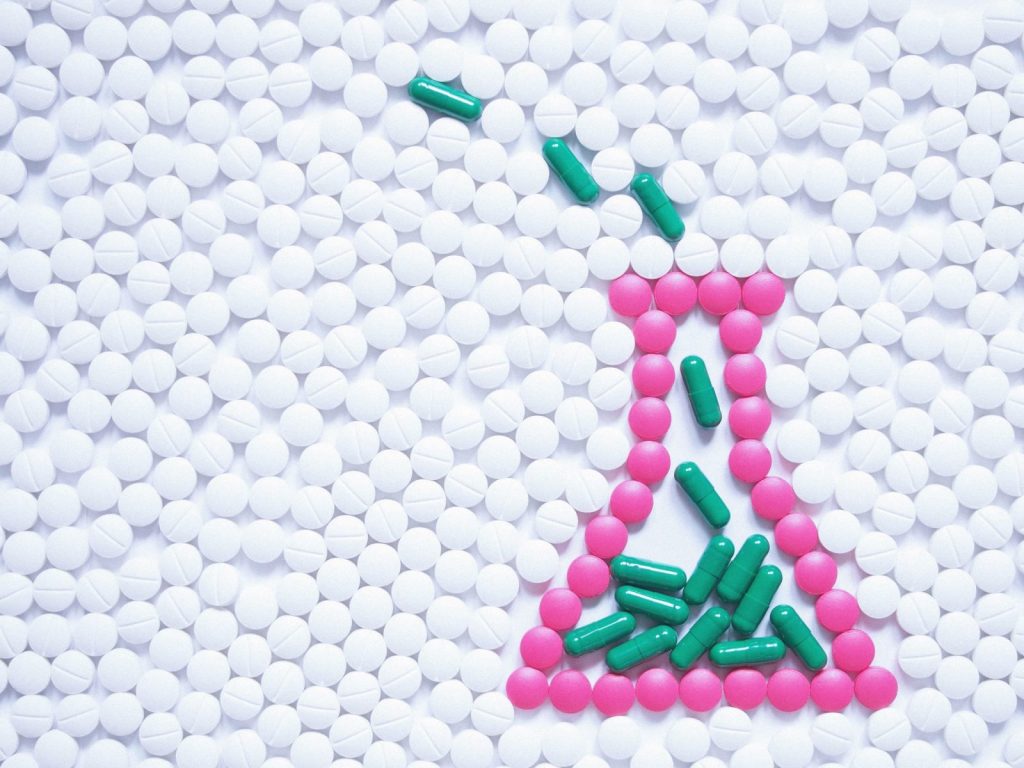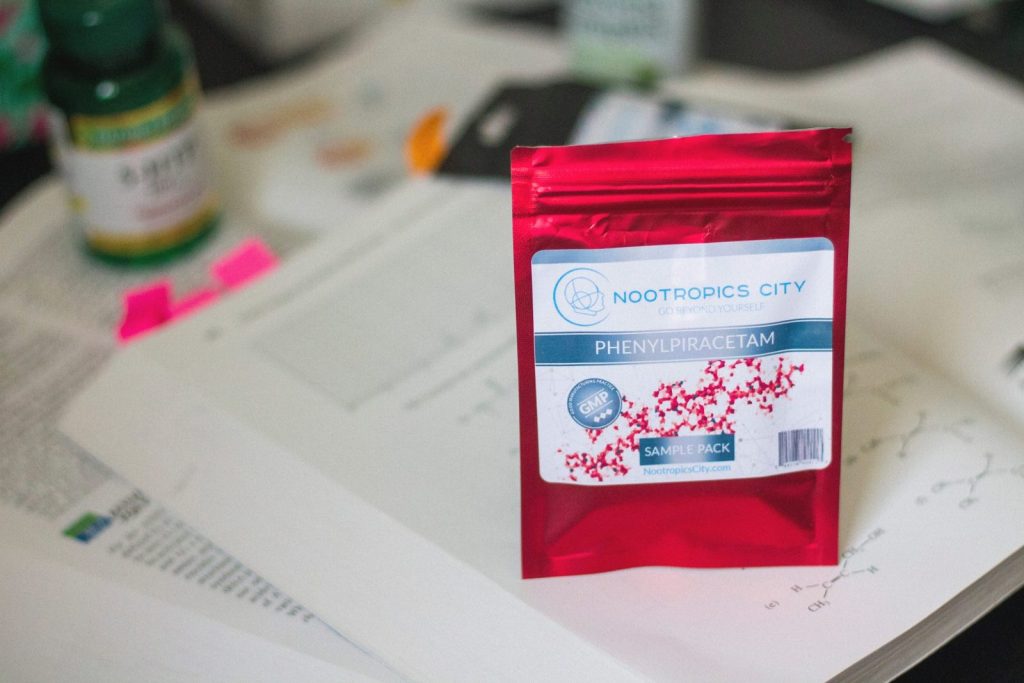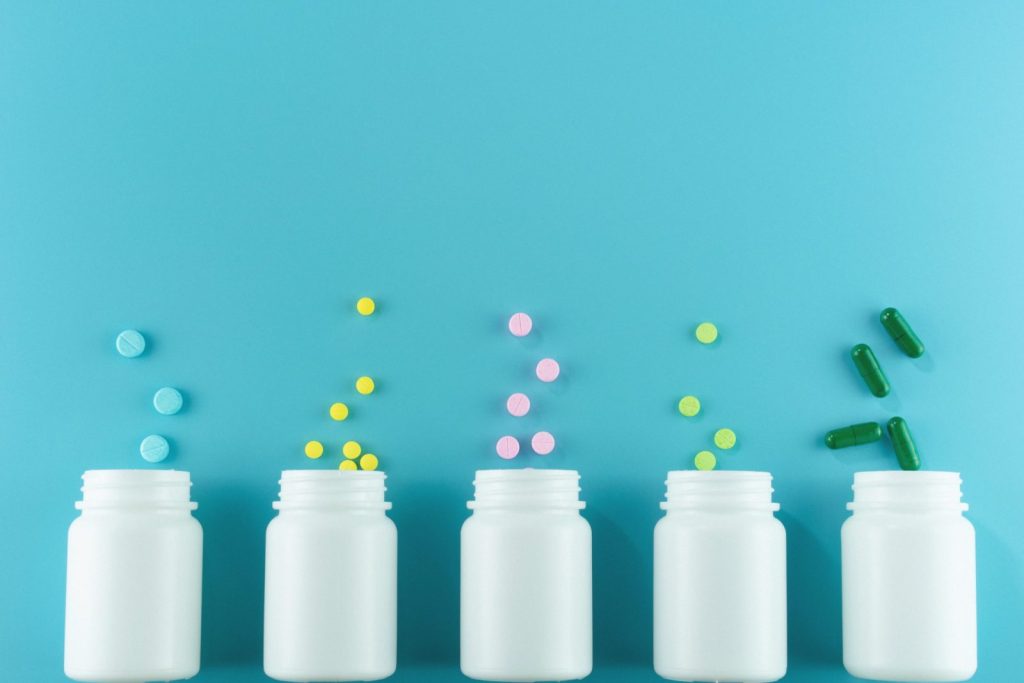How to Effectively Market Your Nutraceutical Product
The nutraceutical market is booming. Here’s what you need to know in order to make your product stand out in the crowd. With the US population aging and rates of many chronic diseases continuing to soar, consumers are in need of new products that promote health and wellness. Nutraceuticals, with their emphasis on natural health benefits, …
How to Effectively Market Your Nutraceutical Product Read More »







